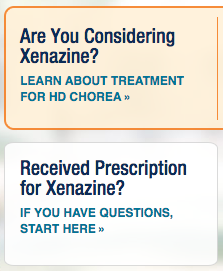
Depending on the drug you’re marketing, your ideal patient/caregiver rarely falls under the same demographic profile, or is at the same stage within their treatment path. And even if they do, aren’t they at different stages of their treatment, requiring different information and resources?
Consider hemophilia A: 99%+ of patients are males. It can be diagnosed in infancy, where the parent/caregiver is the primary audience, or as an adult. With advances in new FDA-approved treatments, switching drugs is fairly common, leading to new questions every time by either a parent or a person with hemophilia. As such, we have the following dimensions for the audience segments:
- Parent/caregiver or a patient
- They might know very little about hemophilia, know enough, or be experts
- They might—or might not be—diagnosed
- They could be on a competitor’s treatment, have a prescription for your medication, taking your medication, or not on treatment at all
While having a solid information architecture is key, audience self-identification is a more effective way to support your patients with just one action on their part. Brands like Xenazine and Aubagio get it—and offer self-identification from either the homepage or navigation:
But there’s even a better way to segment your audience. Eloctate and Myrbetriq, for example, take the opportunity to emotionally connect with the audience by clicking on an option that represents you, a key audience segment, and offer exactly what you need:
(see a complete set of Eloctate audience self-identification screenshots)
(see a complete set of Myrbetriq audience self-identification screenshots)
With a simple click/tap, we now know who’s visiting the site and are able to provide the most relevant content—saving time, solving their needs faster, and as a result, positively reflecting on the brand. In addition, brands can track the usage of self-identification modules and utilize it to optimize media spend and online patient experience.
It’s no surprise then that we’re seeing more and more of these modules—after all, industry regulations make it hard to truly personalize content based on visitor activity or recency.




